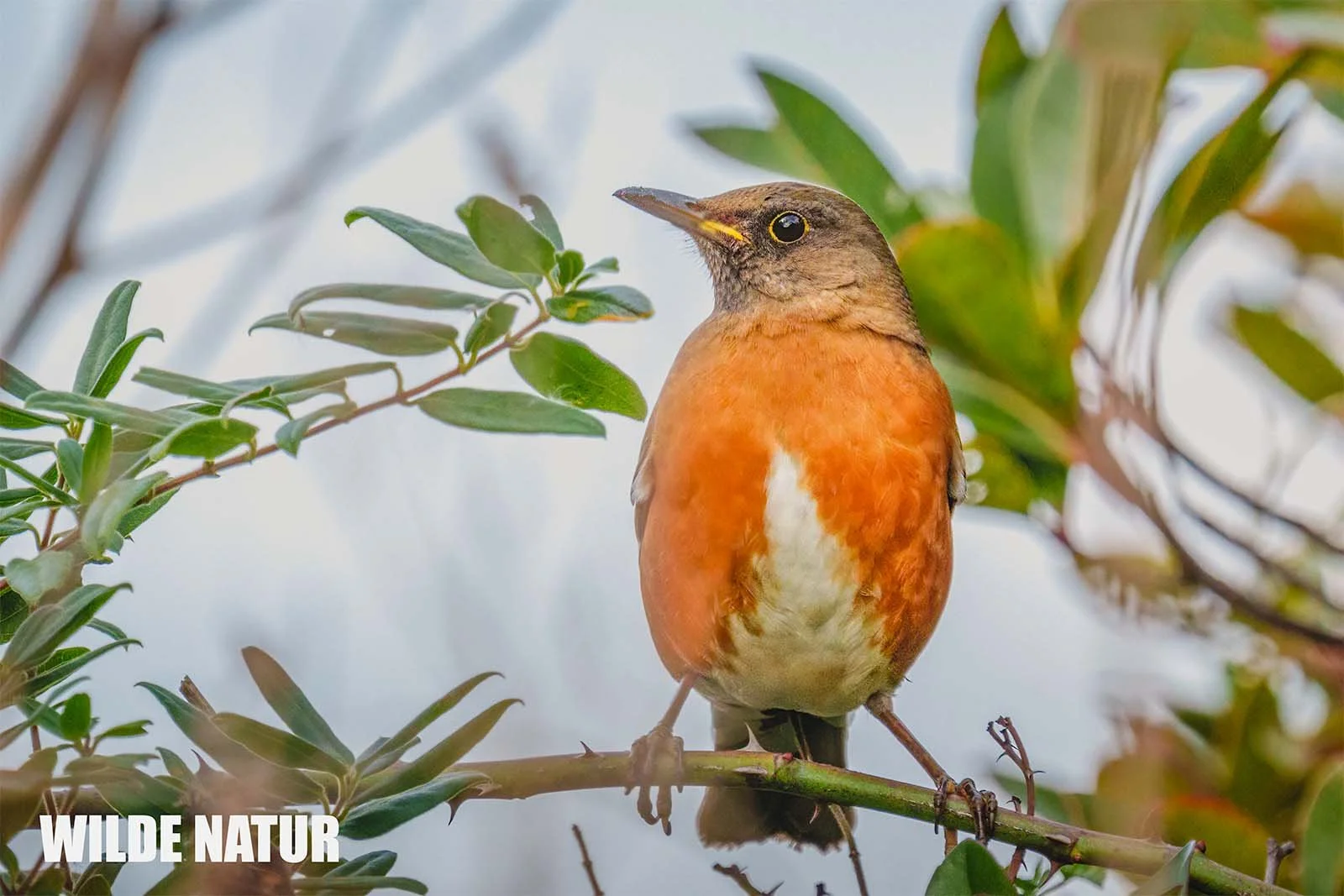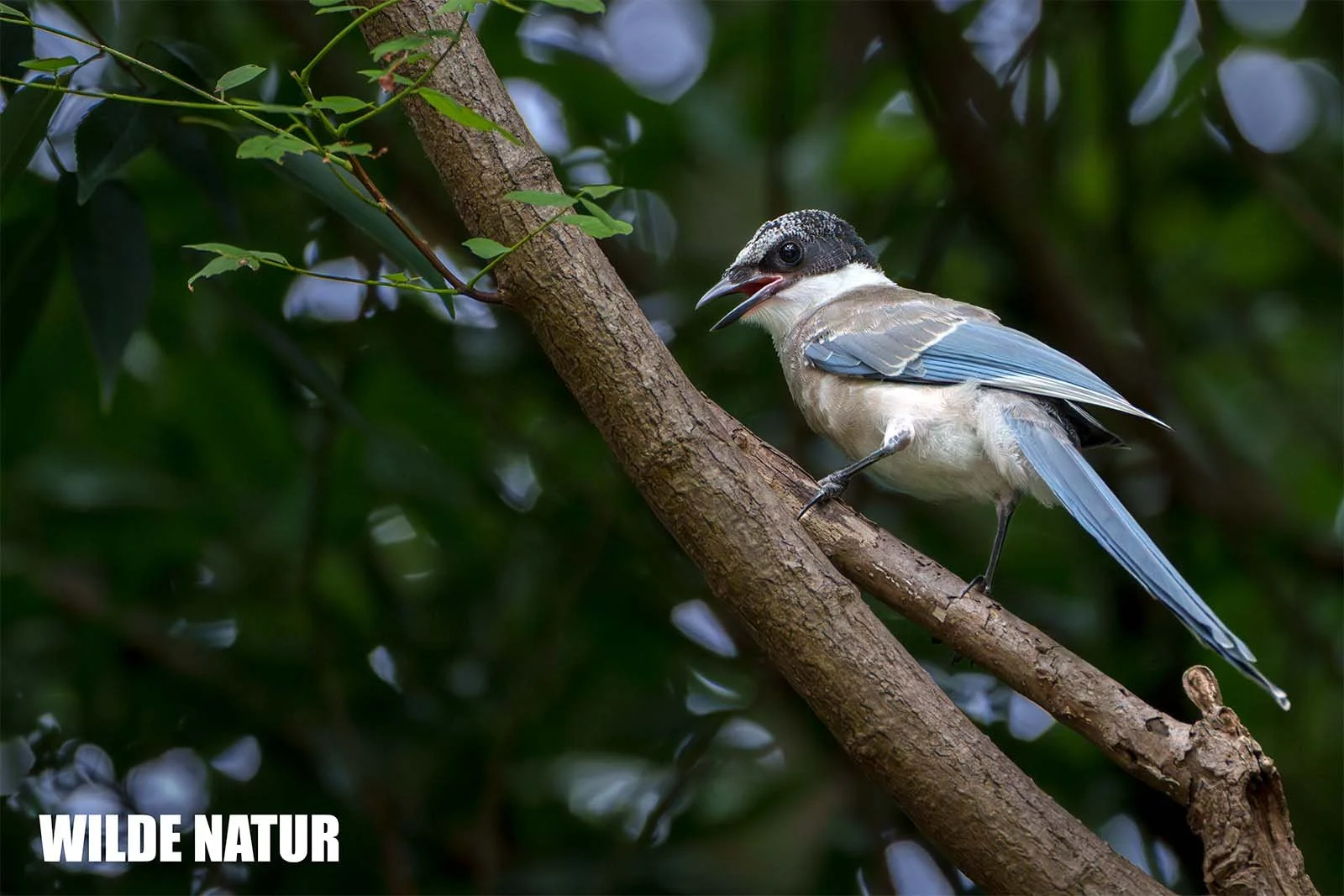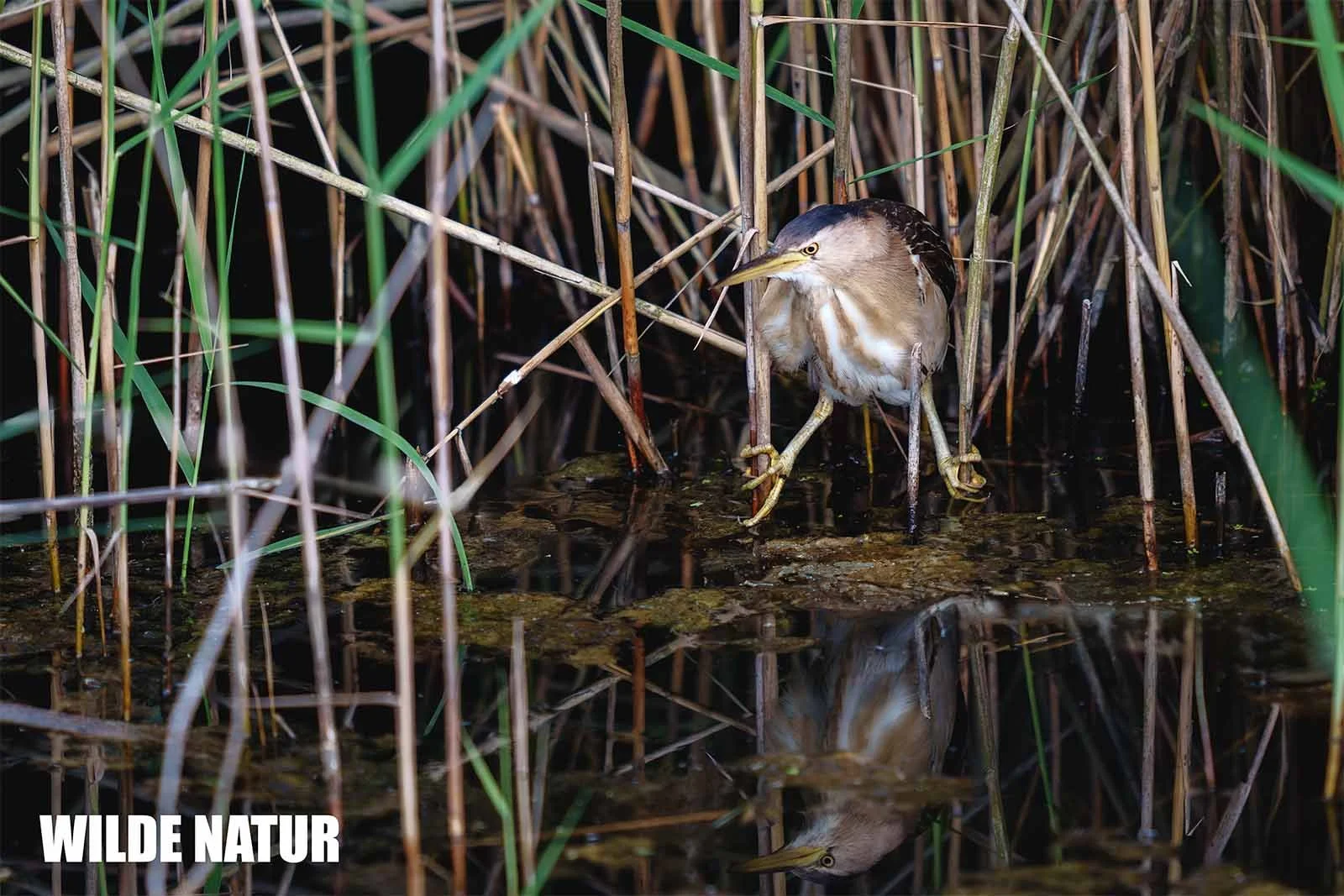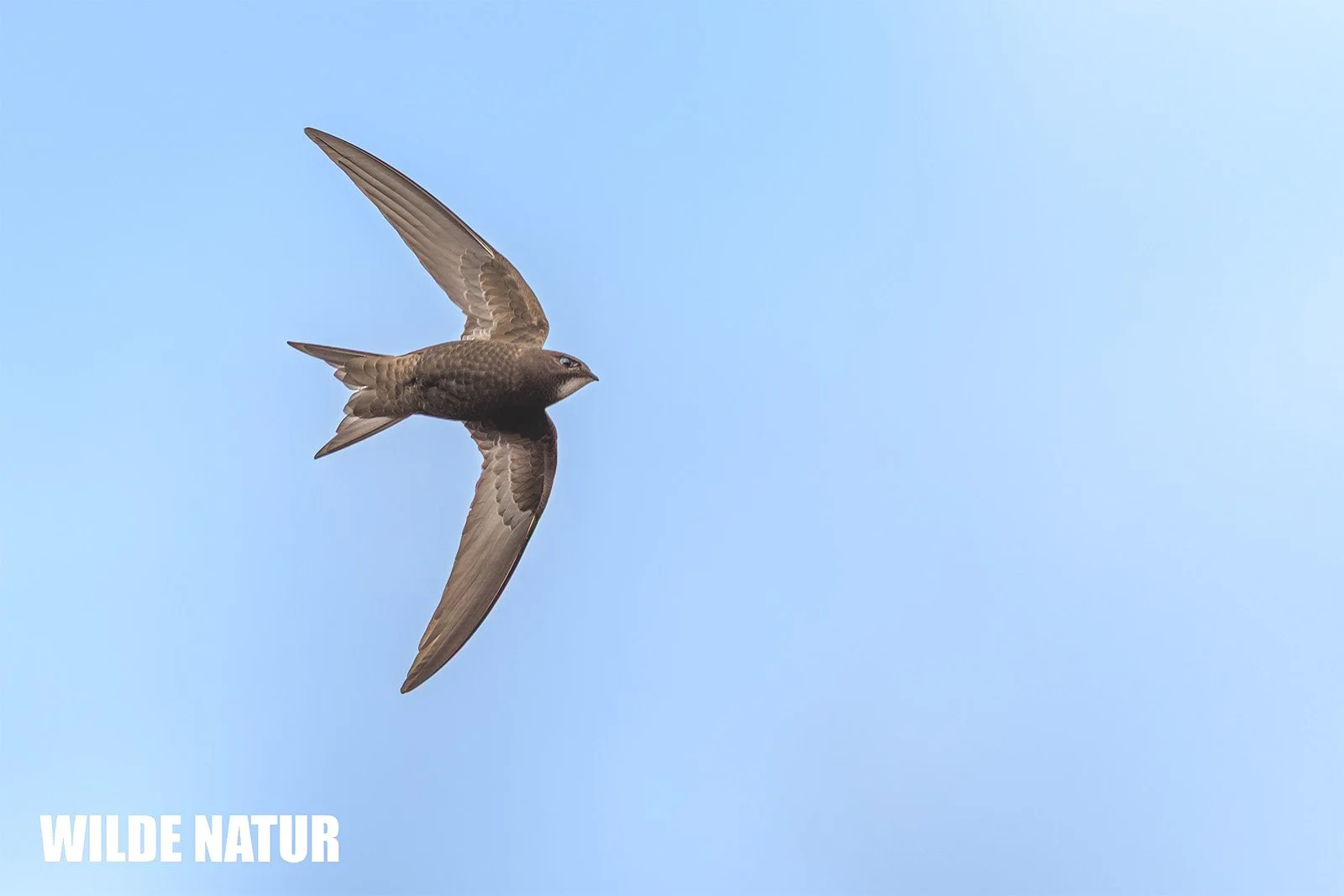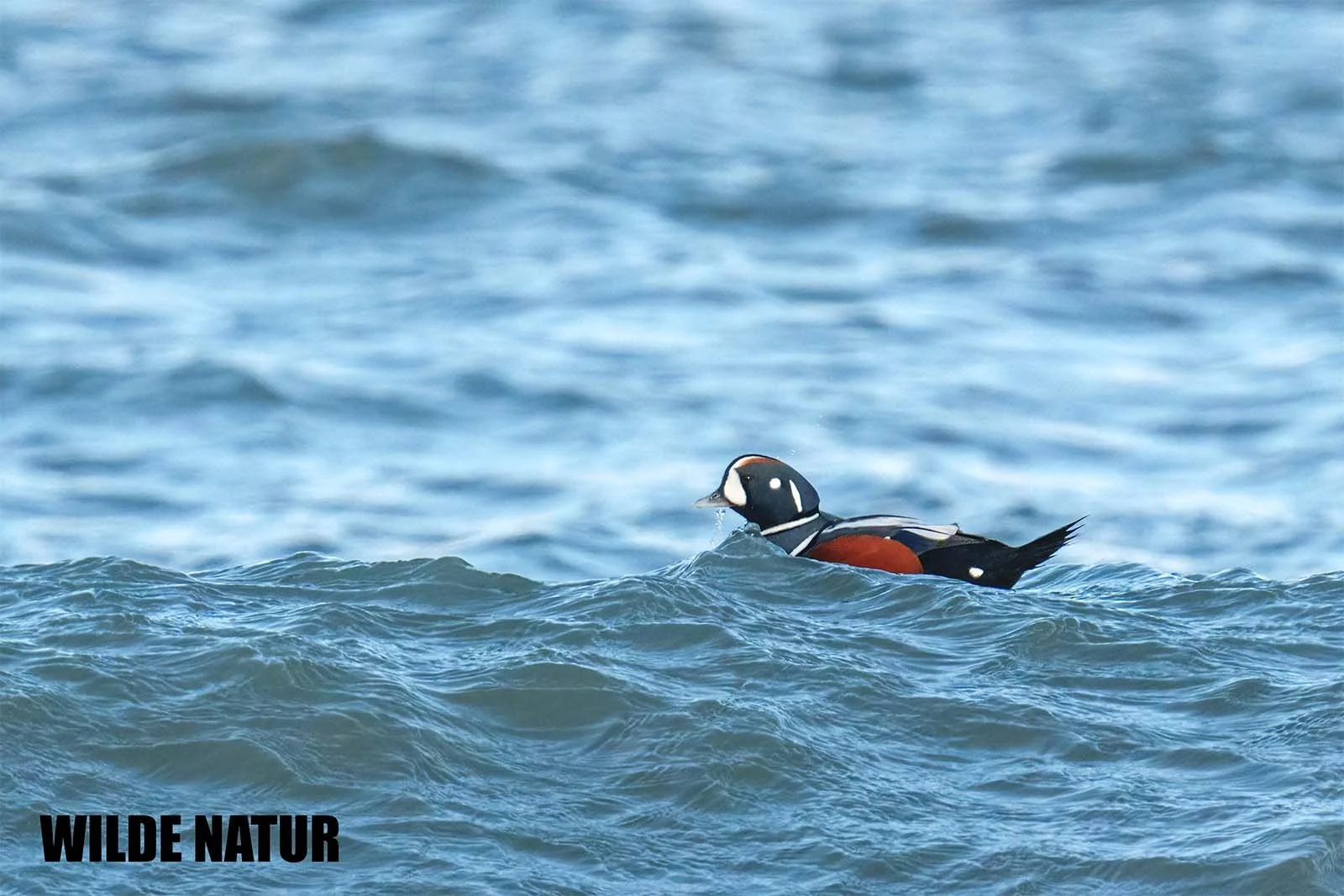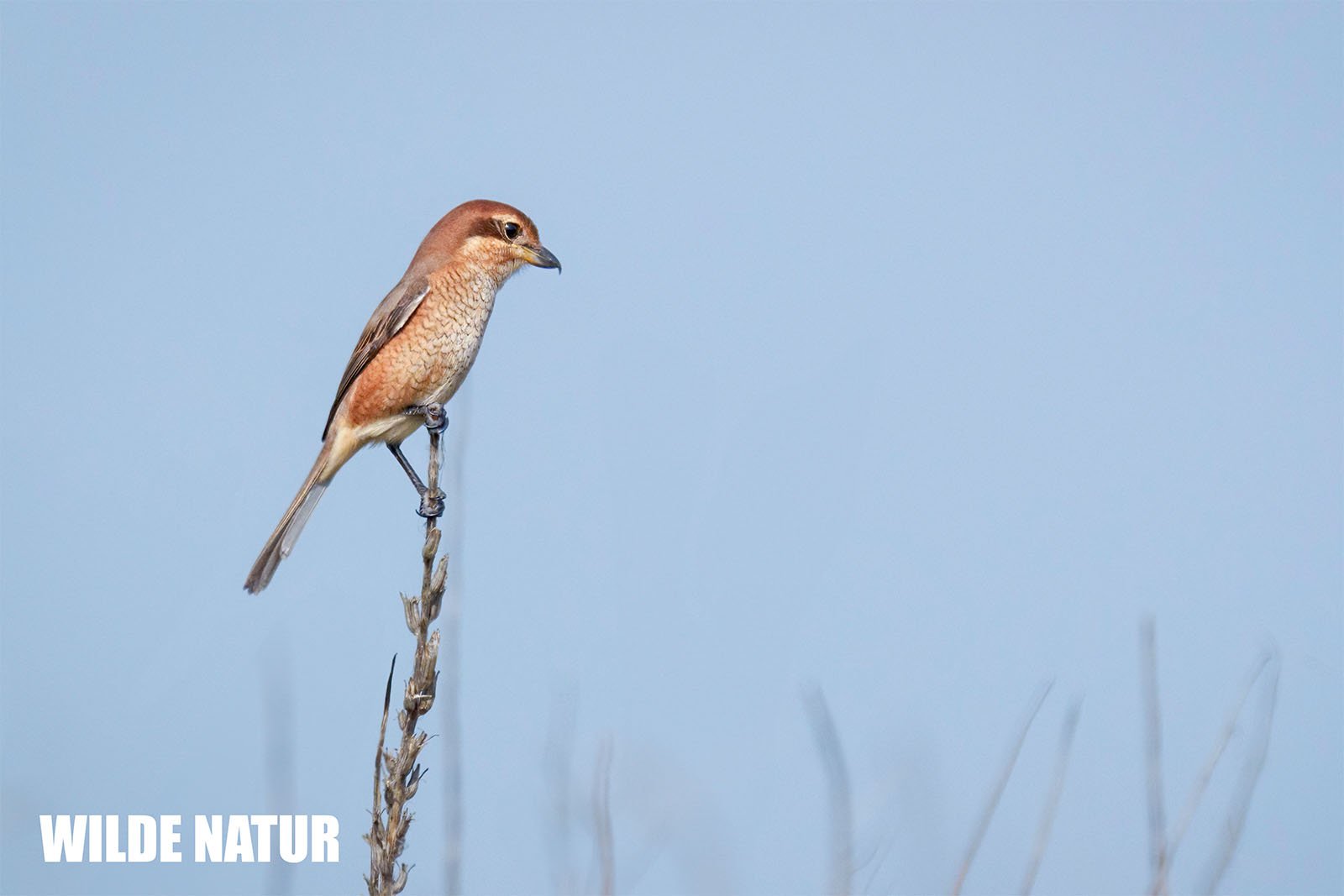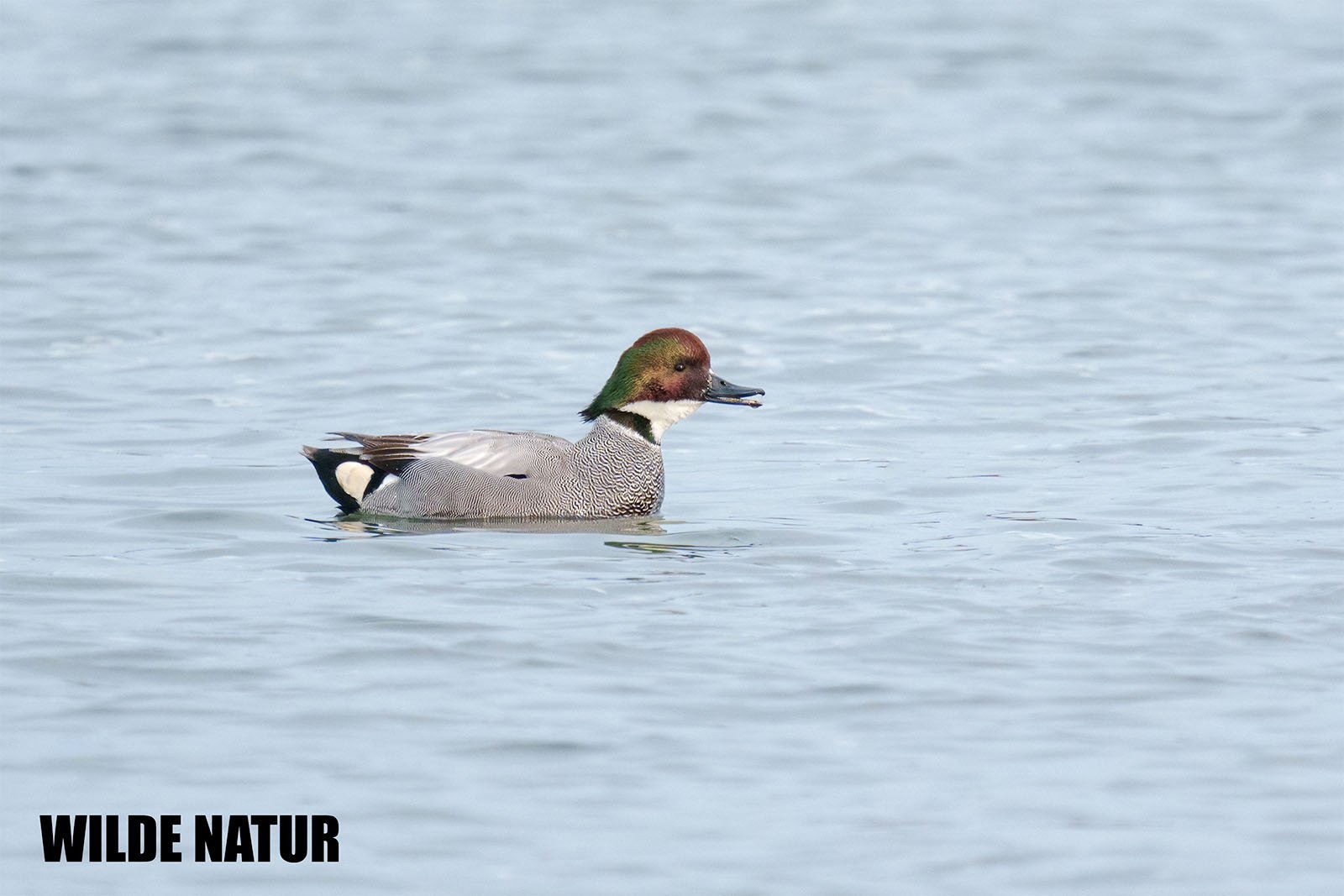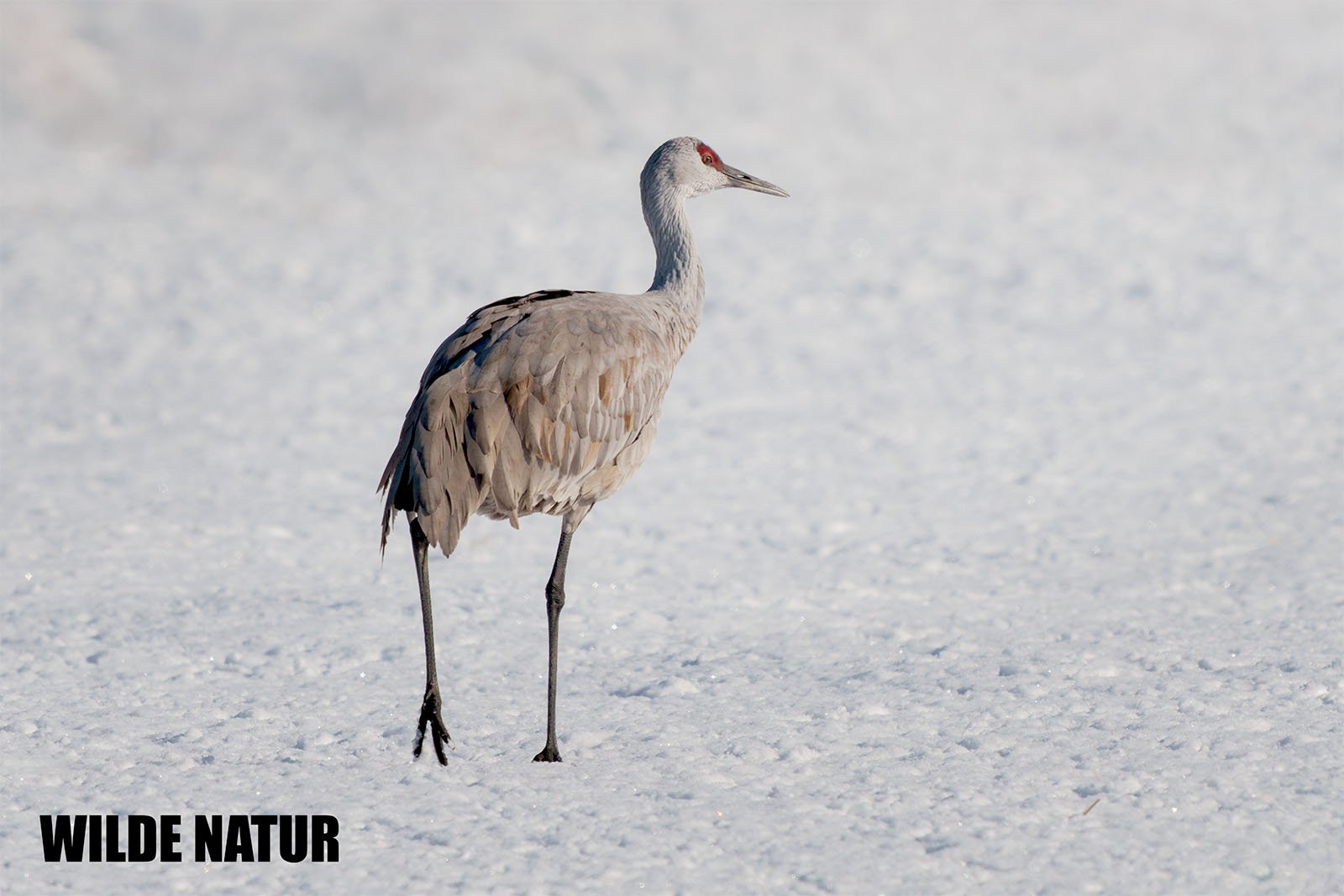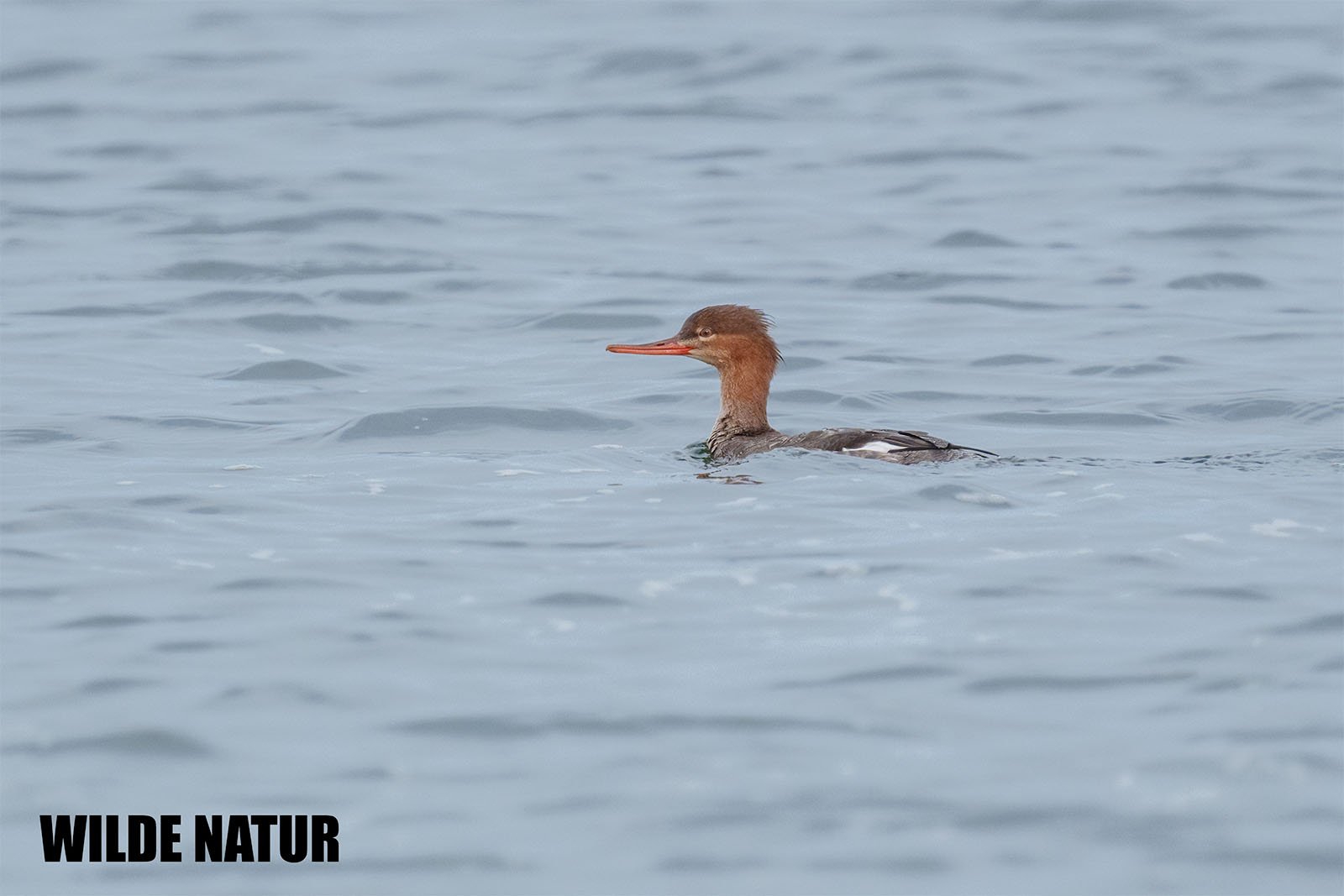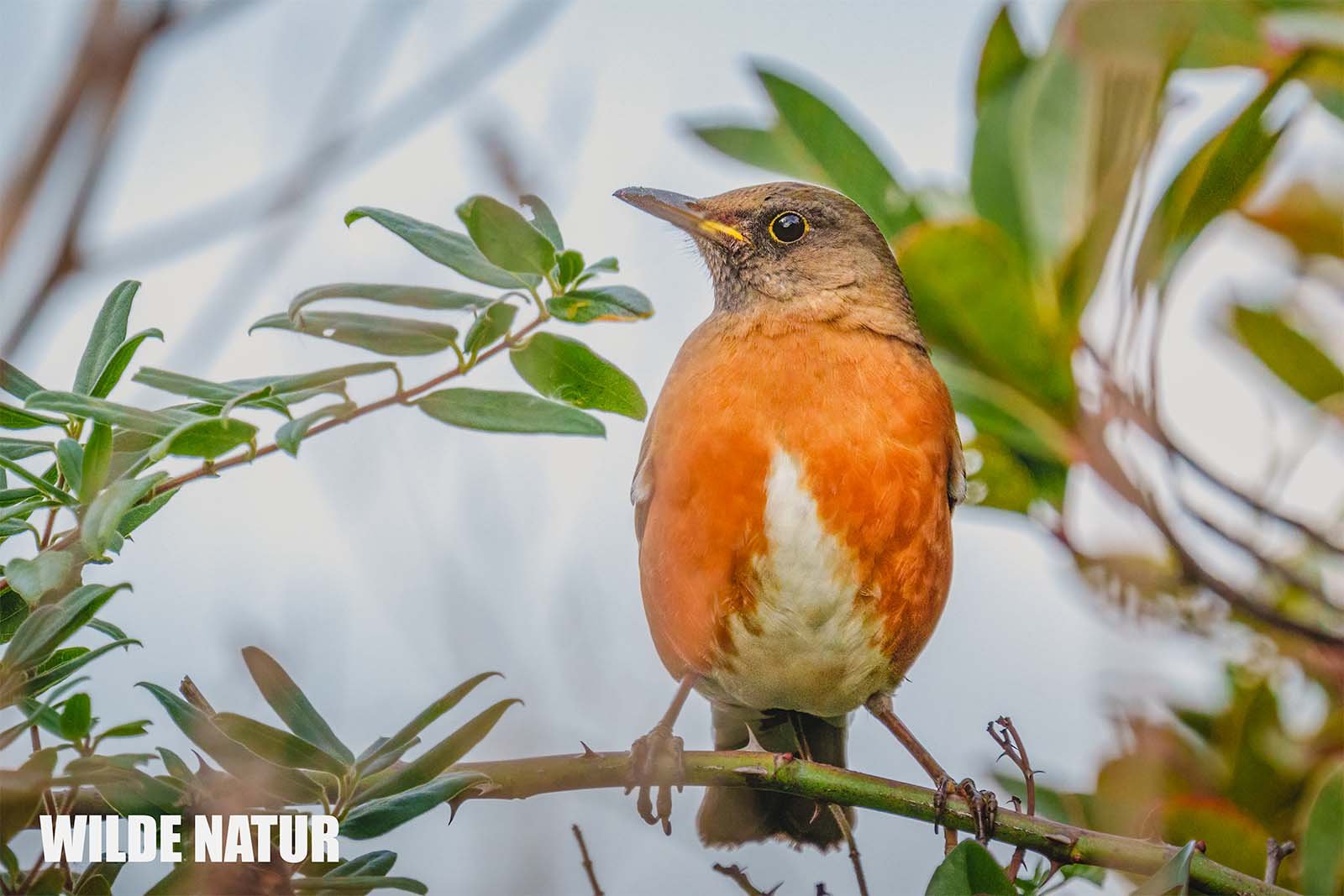Brown-headed Thrush (Turdus chrysolaus)
Brown-headed thrush (Turdus chrysolaus) with rufous breast and pale belly perches on a branch
Brown-headed Thrush - A Seasonal Traveller with a Chestnut Crown
The Brown-headed Thrush (Turdus chrysolaus) is a quiet but distinctive migratory bird in Japan. Known for its chestnut head and seasonal shifts between the north and south.
Shortlist
Medium-sized thrush with a chestnut-brown head
Breeds in northern Japan, winters in the south
Prefers forests, gardens, and fruiting trees
Eats insects in summer, berries in winter
Population stable but declining in some areas
Scientific Name: Turdus chrysolaus
German Name: Japandrossel
English Name: Brown-headed Thrush
Length: 23–24 cm
Weight: 60–85 g
Plumage: Chestnut-brown head, dark brown back, pale underside
Bill: Yellowish with dark tip
Diet: Insects, worms, berries, fruit
Breeding Season: Spring/Summer (3–5 eggs)
Annual Pattern: Partial migrant (breeds in north, winters in south)
Habitat: Forests, gardens, parks, orchards
Conservation Status: Not endangered, locally declining
Table of Contents
- Introduction
- Appearance
- Habitat
- Diet
- Breeding
- Annual Cycle
- Population Status
- Species Overview
- FAQ – Common Questions
Introduction
Not flashy, not loud – but easily recognized. The Brown-headed Thrush stands out for its chestnut-colored head and for its seasonal movement across Japan. If you walk through Hokkaidō forests in spring or stroll through a fruit-laden garden in Kyūshū in winter, you might spot this quiet, watchful bird with crisp plumage and a steady presence.
Appearance
With a body length of 23 to 24 cm and a weight of 60 to 85 grams, the Brown-headed Thrush is comparable in size to the Eurasian Blackbird.
Typical features:
- Chestnut-brown head and neck (more vivid in males)
- Dark brown back and wings
- Light gray to whitish belly and underparts
- Rusty beige chest (softer in females)
- Yellowish bill with dark tip
- Dark eyes and pale gray to flesh-colored legs
It’s modestly but clearly colored — not flashy, but sharply defined.
Habitat
The species is widespread across Japan, depending on the season.
Habitat and distribution:
- Breeding: Northern Japan (Hokkaidō, northern Honshū)
- Wintering: Southern Japan (Kyūshū, Kansai, sometimes as far as the Ryūkyū Islands)
- Preferred areas:
- Forests and clearings
- Shrubby slopes, temple parks, orchards
- In winter: gardens and open cultural landscapes with fruiting shrubs
It’s not especially shy and adapts well to human-modified habitats when food is available.
Diet
The Brown-headed Thrush is flexible and seasonal in its diet.
Seasonal food sources:
- Spring/Summer: Insects, larvae, earthworms
- Autumn/Winter: Berries, small fruits, fallen fruit
It forages mainly on the ground or in low vegetation, often alone or in small groups. In winter, it may mix with other thrush species.
Breeding
The breeding season begins in late spring, particularly in northern Japan.
Breeding behavior:
- Nest: Dome-shaped, built in trees or shrubs from twigs, grass, and mud
- Clutch: 3–5 eggs
- Incubation: 12–14 days
- Both parents feed the chicks, which fledge after about 2 weeks
Nests are usually well hidden but not far above ground — typical for forest-dwelling thrushes.
Annual Cycle
The Brown-headed Thrush is a partial migrant, shifting regions based on the seasons.
Movement pattern:
- Breeds in northern Japan
- Winters in southern Honshū, Kyūshū, and occasionally the Ryūkyū Islands
- Migration periods:
- Southbound: October–November
- Northbound: March–April
In mild winters, some individuals remain local — especially if gardens and woodlands offer enough fruit.
Population Status
In Japan, the species is not officially endangered, but in some areas it is in noticeable decline.
Reasons for decline:
- Habitat loss due to forest clearance and development
- Fewer fruit trees and berry bushes in cultivated areas
As a seed disperser, especially in winter, it plays an ecological role in forest regeneration.
Species Overview – Brown-headed Thrush
| Feature | Description |
|---|---|
| Scientific Name | Turdus chrysolaus |
| Common Name | Brown-headed Thrush |
| German Name | Japandrossel |
| Length | 23–24 cm |
| Weight | 60–85 g |
| Plumage | Chestnut head, dark back, pale underside |
| Bill | Yellowish with dark tip |
| Diet | Insects, worms, fruit, berries |
| Breeding Season | Spring/Summer – 3–5 eggs |
| Annual Behavior | Partial migrant (north breeding, south wintering) |
| Habitat | Forests, gardens, orchards, parks |
| Conservation Status | Not endangered, but locally declining |
FAQ – Common Questions
1. Where can I see the Brown-headed Thrush in Japan?
In spring: forests of Hokkaidō and northern Honshū. In winter: gardens and parks in Kyūshū and southern regions.
2. How can I identify it?
Look for the chestnut-brown head and grayish-white underparts. The color contrast is especially clear in males.
3. What does it eat in winter?
Primarily berries and fallen fruit — often in orchards, temple gardens, or rural fields.
4. Does it stay in one place all year?
No, it migrates seasonally — north to breed, south to overwinter. Some individuals may stay year-round in mild climates.
5. Is it an endangered species?
No, but habitat degradation and fewer fruit-bearing plants may cause local declines.

